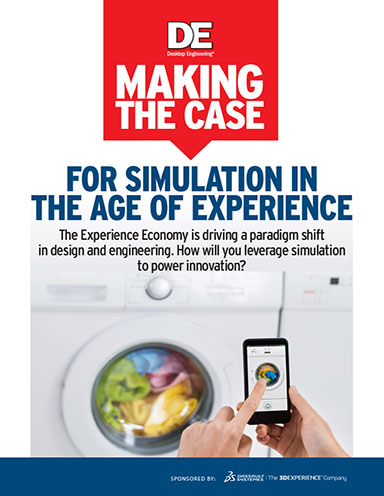
November 3, 2015
Gone are the days when building a best-in-class product was simply about a unique idea or a supersized set of features. Today’s groundbreaking products are about delivering a world-class experience that fosters engagement with customers and sets a company apart from the competition.
Consider the Apple iPhone and Boeing Dreamliner 787, two defining products that exemplify the “Experience Economy.” Their designs push the envelope in user engagement by raising the bar on delivering a holistic experience that connects with customers on an emotional level.
Creating an experience — a washing machine that delivers clean, colorful clothes while saving energy and detergent at the same time, or a touch-sensitive, combination tablet and laptop designed to weather the bumps and bruises of on-the-go users — can help differentiate an offering and engender fierce loyalty to a brand.
By some accounts, customer experience will overtake price and product as the key brand differentiator by 2020. The preferences of young consumers support this shift: Seventy-eight percent of Gen Y respondents to an Eventbrite survey said they would rather spend money on an experience than a thing, and 77% said their best memories come from experience. As customers of all ages become more informed and empowered, they increasingly expect a more personalized product experience, and companies that can’t adapt are in serious danger of falling behind.
Fill out the information below to download the resource.
Latest News








